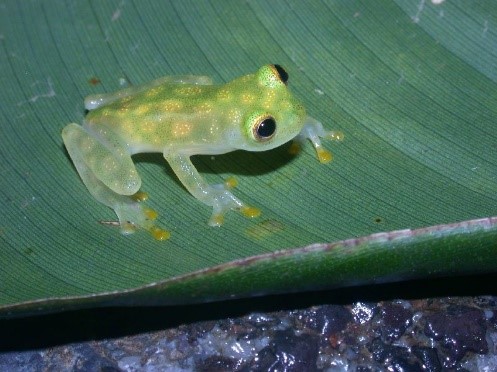Free Courses Sale ends Soon, Get It Now


Free Courses Sale ends Soon, Get It Now



Disclaimer: Copyright infringement not intended.
Context:
Adaptation in Glassfrogs:
Transparency :
Transparency in GlassFrogs
© 2024 iasgyan. All right reserved